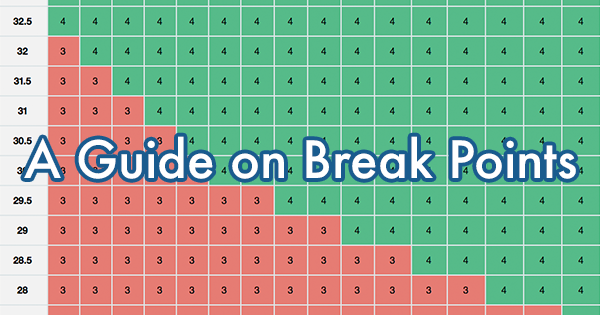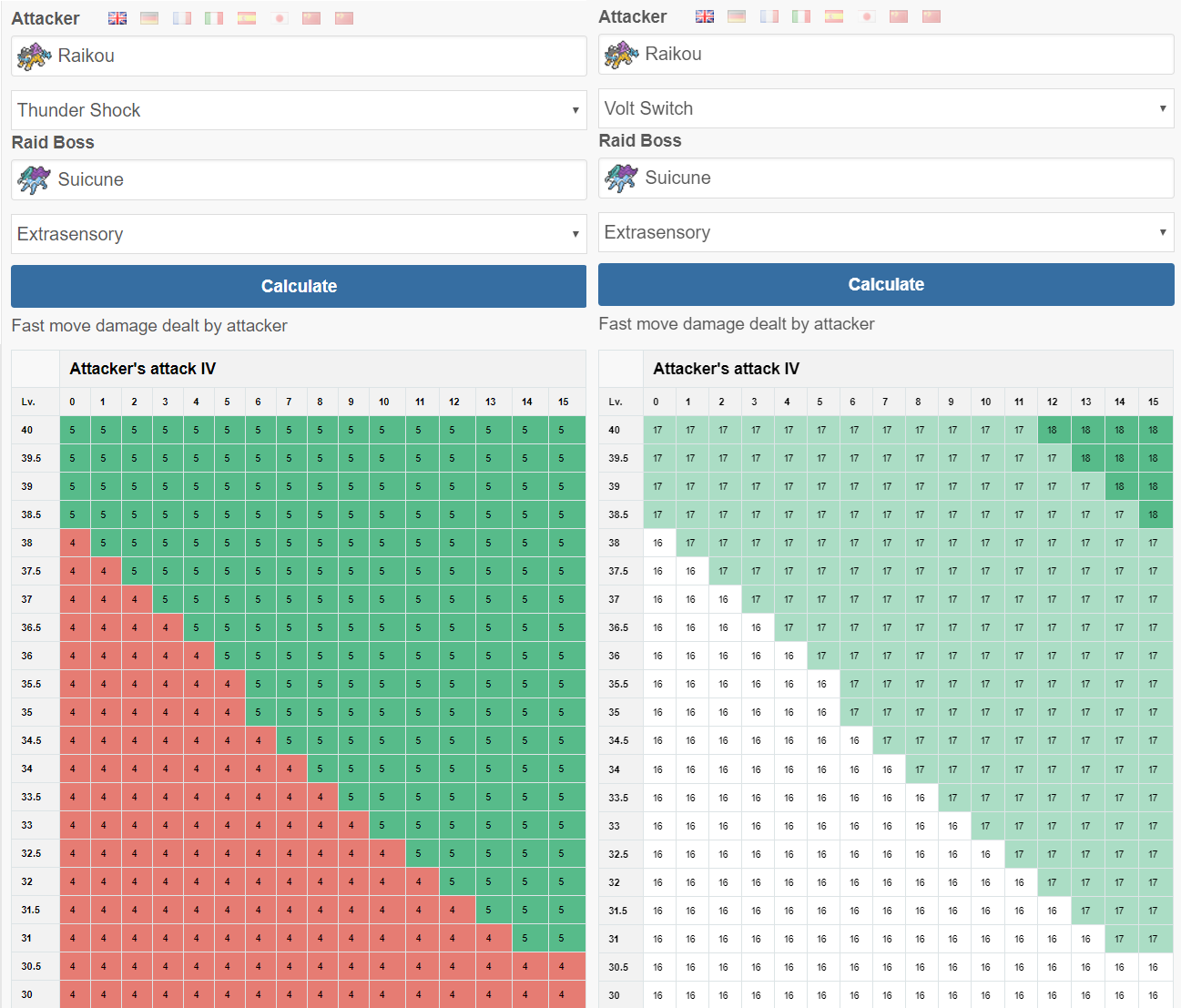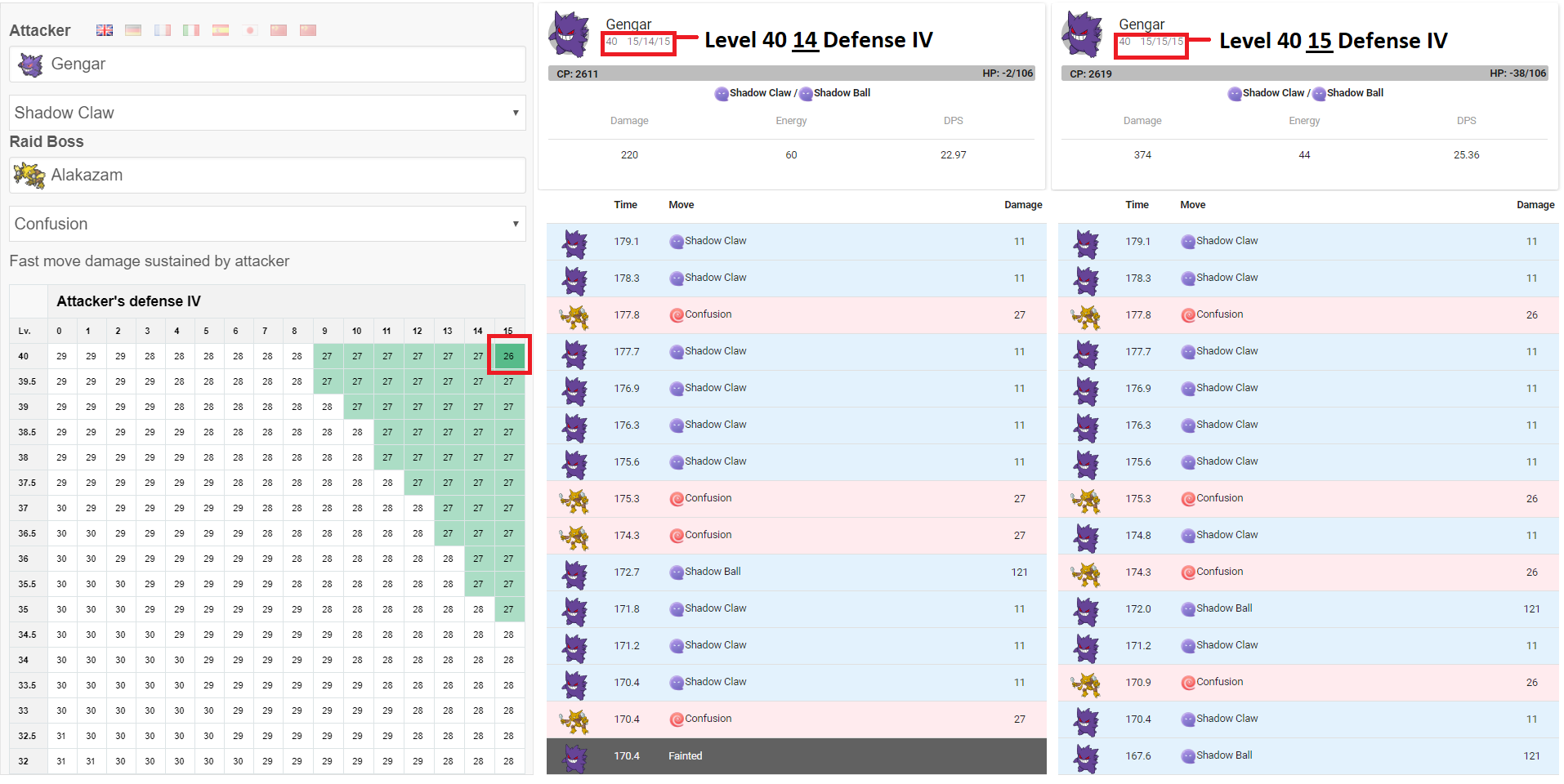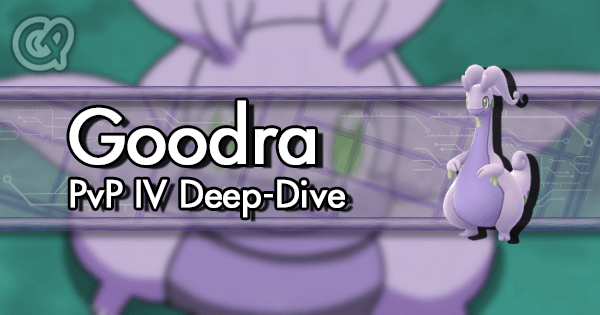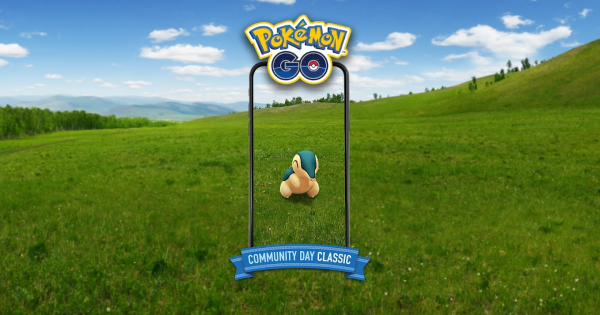Introduction
With the 0.83.3 update for Pokemon GO, players are now able to power up their Pokemon to level 40. While it is tempting to spend your newly earned stardust on maxing out your strongest Pokemon, it would be mindful to only power up your attackers to their most relevant breakpoint and save your stardust for Gen 3. You may think that powering up Pokemon to level 40 will make them stronger, but this isn’t always the case. Most Pokemon are only as strong as their last relative breakpoint, which is often met well before level 40.
What is a breakpoint?
A breakpoint is the level where a Pokemon’s fast attack deals 1 more damage than it would before. This level is relative to the Pokemon’s attack IV. Having a higher attack IV often means you’ll reach the breakpoint sooner than you would with a lower attack IV. Because the breakpoint is met earlier with a higher attack IV, many trainers emphasize having a high attack IV as being the true determinant of a Pokemon’s value. However, because the damage plateaus often extend for many levels, Pokemon of any IV % may be nearly equal in DPS as long as they meet the same breakpoint.
For example, using the GamePress breakpoint calculator, we can see that a 15 attack IV Raikou’s Thunder Shock will hit a 5 damage breakpoint at level 31 vs. a Suicune raid boss. A 13 attack IV Raikou must be level 31.5 and a 10 attack IV Raikou must be level 33 to hit this same breakpoint. As a result, you’ll get relatively less value from powering up a Raikou beyond this breakpoint if you intend to use it in Suicune raids. In this situation, putting your Rare Candy and stardust towards another Raikou or saving it for the future will likely serve you better than bringing your Raikou to max.
For players who generally stop powering up past level 30, you will get a decent amount of value from spending the extra stardust to reach these breakpoints if you take the time to calculate them.
Breakpoints depend on the matchup
Breakpoints are also based off of the defending Pokemon’s defense stat. Meeting the breakpoint for 1 specific matchup doesn’t guarantee that you’ll be at the same breakpoint for all matchups. Looking back at our 15 attack IV Raikou, while powering up to level 31 is a huge boon vs. Suicune, it misses the mark vs. Scyther. For a Scyther raid, a 15 attack IV Raikou’s Thunder Shock will hit a 7 damage breakpoint at level 34. So if you’re having trouble soloing Scyther, it may be worthwhile to go the extra mile and power up your Raikou more. If you’re using a lower IV Raikou, then this investment may become more costly than powering up a Moltres or Golem. If the breakpoint is late enough, every attack IV you go down could be tens of thousands of stardust you’d have to invest into a Pokemon.
Breakpoints are relative to the fast attack used
These breakpoints aren’t only relative to the Pokemon’s attack IV and the matchup; they also depend on the fast attack used. Bringing back our 15 attack IV Raikou, its Thunder Shock meets a breakpoint at level 31 against Suicune, but its Volt Switch doesn’t reach its final breakpoint until level 38.5. Even at level 40, an 11 attack IV Raikou would not be able to reach this breakpoint with Volt Switch. Fortunately for the low attack IV Raikou of the world, Volt Switch is objectively inferior to Thunder Shock and even when meeting this breakpoint it still has significantly less value than a Thunder Shock Raikou, 15 attack IV or otherwise.
Breakpoints also exist for charge moves
While our breakpoint calculator doesn’t include charge move breakpoints, they do exist. These breakpoints aren’t often discussed because charge move damage increases more linearly with powering up whereas fast moves plateau for several levels. Not only that, but you use your charge moves far less often in battle. Fast move breakpoints are so heavily emphasized because +1 damage for a fast move increases your damage per second (DPS) by more than 1 and has a greater impact on your total damage output (TDO), while +1 damage for a charge move increases your DPS by less than 1 and its effect on your TDO is microscopic.
For example, Thunder Shock’s cooldown is 0.6 s, so increasing its damage by 1 increases DPS by 1.67. Wild Charge’s cooldown is 2.6 s, so increasing its DPS by 1 increases DPS by 0.38. For TDO, you’ll likely use 5-6 Thunder Shocks per Wild Charge; that’s 5-6 flat extra damage to the raid boss per breakpoint as opposed to 1.
Where breakpoints are important
In general, breakpoints have more value when:
-
Your fast attack has a low cooldown or low base power
-
Ex: Thunder Shock’s cooldown is 0.6 s while Volt Switch’s is 2.3 s; that’s a DPS increase of 1.67 and 0.43 respectively. However, note that Volt Switch’s breakpoints will be spaced closer than Thunder Shock’s.
-
-
You’re attempting a solo or low man challenge
-
In these situations, every little bit helps. If you’re with a mob of players, you could get away with using underpowered Pokemon.
-
Breakpoints represent a cut off point where powering up your Pokemon yields the most benefit per dust spent. Without knowledge of breakpoints, many players stop powering up at level 30 due to gaining half CP per power up. If meeting a breakpoint at 30.5 could increase their performance in a meaningful way, then that could be important for them to know. If a significant breakpoint is met at level 28.5, then the knowledge of breakpoints could save them some stardust.
Defensive breakpoints
Just as there is a point in which your Pokemon’s fast move will deal 1 extra damage to the raid boss, there is also a point where the raid boss’s fast move will deal 1 less damage to you. These breakpoints are based off of your Pokemon’s defense IV and the raid boss’s fast move, and are also observable with our breakpoint calculator. Unlike offensive breakpoints, there are fewer situations where defensive breakpoints matter. They mostly come into play when they allow a Pokemon to survive enough hits to use another charge move.
The most notable one involves Gengar. dondon151 reports that level 40 Gengar hits a defensive breakpoint that allows it to survive 4 Confusions from a raid boss Alakazam, if it has a 15 defense IV and at least a 13 HP IV. This gives Gengar a greater opportunity to sneak in another Shadow Ball before fainting.
In general, defensive breakpoints have value when:
-
The raid boss is using a single bar charge move
-
You’ll be taking relatively more fast move damage than you would otherwise
-
-
The raid boss is using an easily dodged charge move
-
You’ll be taking relatively more fast move damage than you would otherwise
-
-
Your Pokemon has a low max HP
-
1 less damage is more meaningful for a Pokemon with 100 HP compared to a Pokemon with 200 HP
-
-
You’re attempting a solo or low man challenge
-
With the lower party size, you will be charging the raid boss’s energy bar at a slower rate. This results in the raid boss using its charge moves less often, making a 1 damage reduction from fast moves more valuable
-
While defensive breakpoints are seemingly more important for glass cannons, if enough of the above criteria are met, they could result in a significant performance boost for most Pokemon. Overall, most defensive breakpoints are met before offensive ones, so they usually don’t come up.
Avoiding defensive breakpoints for energy gains
There are also few cases where meeting a defensive breakpoint lowers passive energy gains from the raid boss’s fast move damage. While this consideration is often insignificant, some trainers purposefully under-level and try to find low defense IV Pokemon in order to avoid defensive breakpoints. What these players are attempting to do is increase their passive energy gains from damage so they can increase their DPS by being able to use their charge moves sooner. This leads to a false assumption that low defense IV Pokemon are better than higher ones. While there are observable situations where this has an impact, usually it has little or none.
Energy gains from damage are divided by 2 and rounded up. If your damage sustained goes from an odd number down to an even number, you won’t be gaining any extra energy per fast attack used by the opponent. Additionally, high defense Pokemon or Pokemon that have a resistance to the raid boss’s fast move usually don’t have any defensive breakpoints to begin with. While keeping your Pokemon’s defense stat low will increase the damage taken from charge moves, charge move use isn’t predictable and may overfill your energy bar if you’re using a single bar charge move, removing any fringe energy gains. It may also just KO you that much sooner, wasting your extra energy.
Pokemon that benefit from this type of min-maxing typically have very high HP, since dropping their defenses a little doesn’t have as much of an impact on their longevity. The most notable example is Vaporeon. Does this suggest that a 15/0/15 Vaporeon is better than a 15/15/15 one? Not necessarily. As always, these breakpoints are relative to IV, level, and the raid boss in question. If powered up enough, a 15/0/15 Vaporeon could meet the same defense breakpoint as a 15/15/15 one, removing the benefit entirely. Like being a “true level 40”, purposefully undercutting a defensive breakpoint is just another way for a player to one up other players with poorly informed notions of superiority.
Conclusion
Breakpoints can be very useful for maximizing your Pokemon’s performance in raids while saving on stardust and candy. If nothing else, they represent a more defined cutoff point signaling when to stop powering up a Pokemon. While a fully maxed out 100% IV Pokemon is marginally better than others, most Pokemon are only really as good as their last breakpoint. Since breakpoints are dependant on your Pokemon’s level, IVs, fast attack, and the raid boss in question, finding them can be pretty difficult. Fortunately tools such as our breakpoint calculator exist to help trainers more easily figure them out.
I hope this article has helped you understand breakpoints better. If you’re still struggling with some solo challenges, it could be worthwhile to see if any Pokemon you’re using could be touched up to their next breakpoint. While in some cases it only makes a small difference, a small difference may be all you need.


